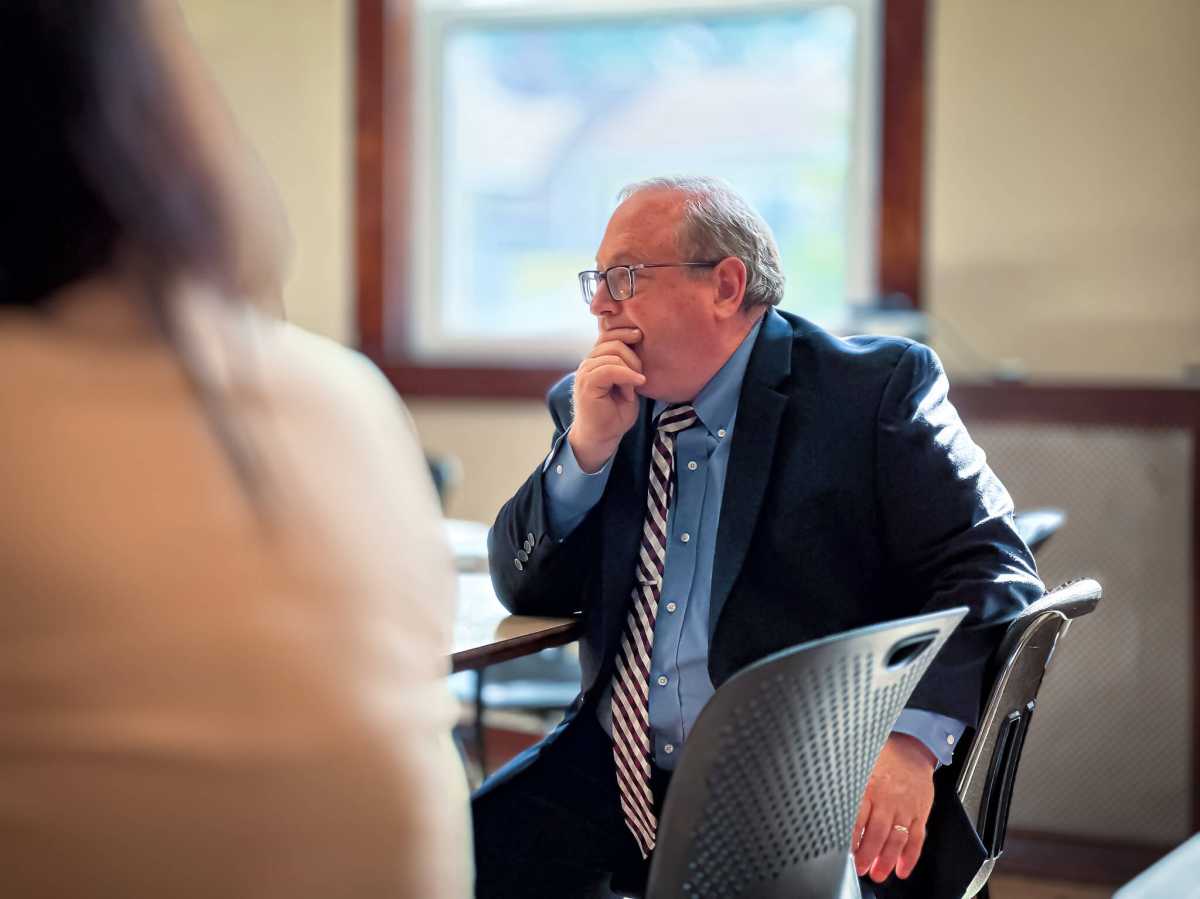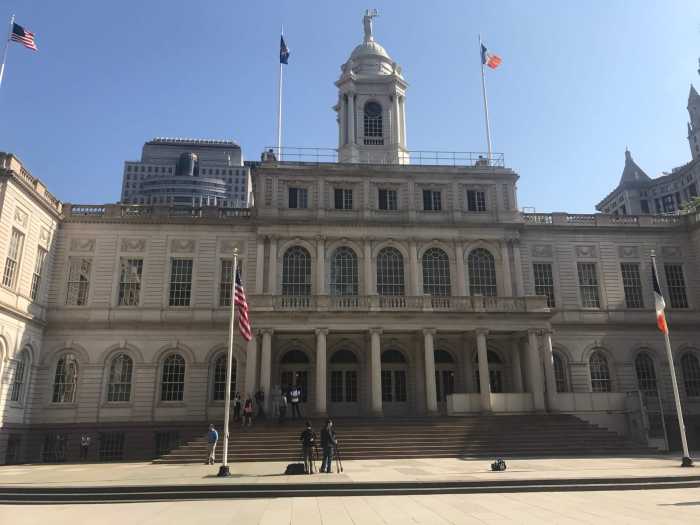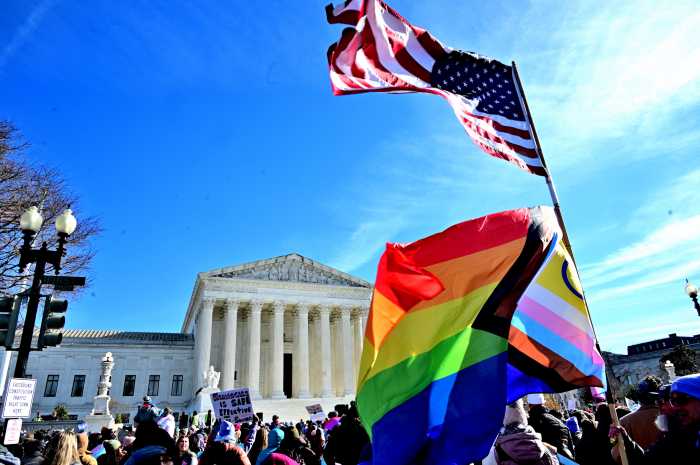Officials from the New York State Department of Health and the New York State Office for the Aging have been traveling the state to participate in community engagement sessions in an effort to shape the state’s Master Plan for Aging, which was ordered by Governor Kathy Hochul and is due in 2025.
The plan, according to the state, is intended to help older adults and people of all ages live healthy and fulfilling lives, all while aging with dignity and independence. The state has embarked on a daunting quest to address the many different communities of older adults.
Statistics show that the share of the population of older individuals living with HIV has been growing, which demonstrates the need for state officials to keep the community’s needs in mind as they shape the Master Plan on Aging.
The surveillance report for 2022, just released on Nov. 28 to coincide with World AIDS Day on Dec. 1, shows that 60% of New York City residents living with HIV were above the age of 50 and one-third of the city’s residents living with HIV were over 60. That number has shifted significantly in a decade. The surveillance report for 2012 showed that 46% of people living with HIV in New York City were above the age of 50 and just 15% were over 60. In other words, the share of people living with HIV over the age of 60 has doubled in a decade.
Those numbers were similar at the state level. Of the 104,124 people living with HIV in New York State last year, 75% were over 40 and 57% were 50 years of age or older.
A key difference between younger and older people in HIV statistics is evident in the makeup of new diagnoses. Less than 20% of new diagnoses in New York State occurred in persons age 50 years or older. Still, a 2021 report published by Advocacy & Services for LGBT Elders (SAGE) and AARP cited data indicating that Black older adults made up 41 percent of new HIV diagnoses for folks 50 years or older.
That trend is reflected in the bigger picture. Black people make up the greatest share of state residents living with HIV, at 44%, followed by Latino/Hispanic (29%), non-Hispanic white (25%), and Asian/Pacific Islander (3%), which shows that it is also important for the state to confront racial disparities as well.
Some strides have been made to address the needs of older adults living with HIV and who identify as LGBTQ. Last year the governor signed legislation designating LGBTQ older adults and older adults living with HIV as communities facing “the greatest social need,” which bolsters funding and other supportive mechanisms. That legislation was led by out gay lawmakers in both houses — Brad Hoylman-Sigal of Manhattan in the State Senate and Harry Bronson of Rochester in the State Assembly.
Among other efforts include a New York City-based initiative. The City Council on Nov. 15 approved legislation to establish a commission within the Department for the Aging to study and make recommendations on LGBTQ older people in New York City. The City Council’s LGBTQIA+ Caucus’ Marsha & Sylvia Plan calls for conducting outreach to HIV-affected older people and the Council recently held a hearing on the needs of older adults living with HIV.
At the state level, there are resources for medical providers and the AIDS Institute launched a People Aging with HIV pilot program to support 10 entities across the state that provide comprehensive health services and promote the overall health of people over the age of 50 who are living with HIV. The services include outreach, case management, health education, psychosocial support services, insurance navigation, screening services, and more.
The program is intended to develop ways to address the unique needs of that population. For now, though, it is merely a pilot program — and the state could stand to benefit from expanding its work to serve the unique needs of the growing population of older adults living with HIV as part of the Master Plan for Aging.



































